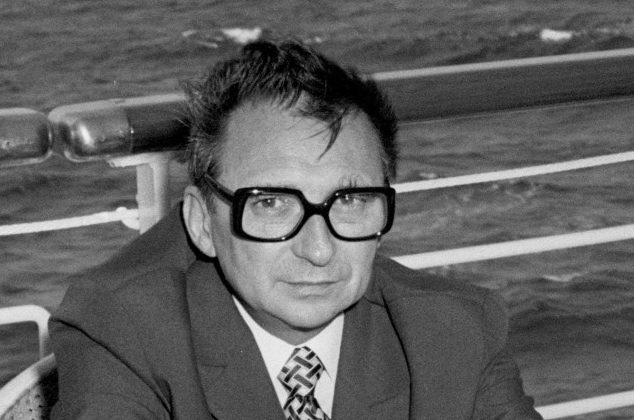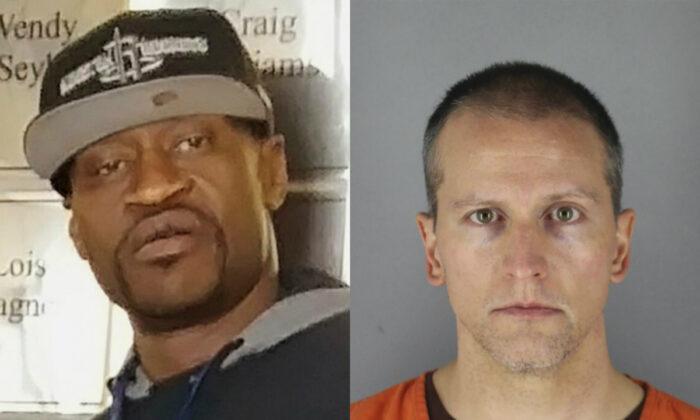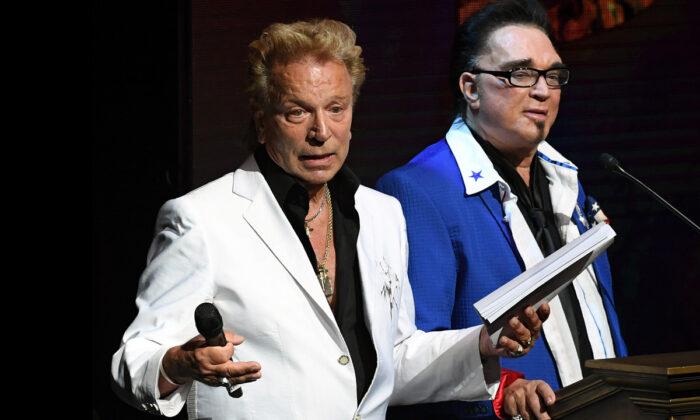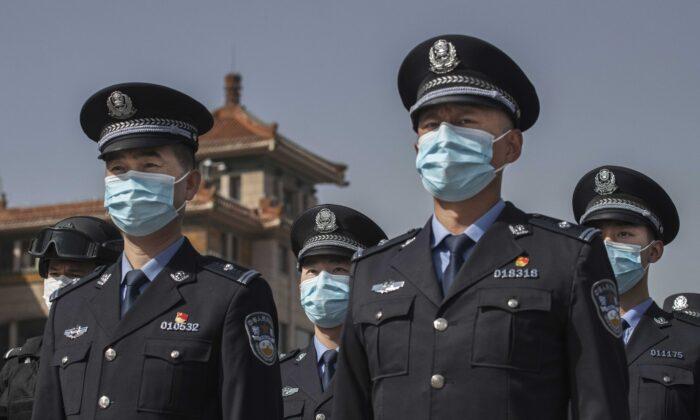You have probably heard that John Walker Lindh, the “American Taliban,” has been released from prison. He served 17 years of a 20-year sentence for joining and supporting a Sunni Islamic fundamentalist military organization in Afghanistan known as the Taliban. He got three years off for good behavior.
Road to the Taliban
Lindh was born Feb. 9, 1981, to Marilyn Walker and Frank Lindh. As a boy, he was sickly. After trying out different schools, his parents opted to homeschool him for a couple of years, starting when he was 12. At this age, he watched the Spike Lee movie “Malcolm X,” which sparked an interest in Islam.At 14, he went back to school and attended an elite alternative high school where he could follow his own curriculum. Young John was quiet and studious. He did, however, participate in internet chat rooms, often using fake names. At 16, he dropped out of high school, taking a high school equivalency test.
Marilyn, at this time, began dabbling in New Age spiritualism. When, at age 16, her son converted to Islam, started wearing Islamic robes and cap, and regularly attended mosques, both parents encouraged his “spiritual journey.” When, at age 17, he wanted to go on a pilgrimage to Yemen to learn Arabic and study Islam, they supported him.
John spent about 10 months in Yemen, learning Arabic so that he could read the Quran in its original language. He returned to the United States in 1999 for about eight months, but he went back to Yemen and then to Pakistan in 2000.
Lindh made his way to Afghanistan in the spring of 2001. That summer, he reportedly had a face-to-face encounter with Osama bin-Laden, who thanked the young American for joining the jihad. The United States invaded Afghanistan that October, and armed fighting with the Taliban began.
Evidence and Prosecution
As a U.S. citizen, Lindh was in a different situation than the other captives. Before some rounds of his initial questioning (but apparently not all) he was read his Miranda rights, but signed a statement waiving his right to have a lawyer present. During questioning, he allegedly admitted that he had not merely fought with the Taliban, but was trained by al-Qaeda. Attorney General John Ashcroft announced that he would be tried in the United States.Many Americans thought that he should be prosecuted for treason, but the Constitution makes it very difficult to do so. For that reason, on Feb. 5, 2002, Lindh was indicted on 10 charges built primarily around conspiracy to murder U.S. citizens, providing material support to a terrorist organization, and carrying firearms during a crime of violence. If convicted on all counts, he could have faced three life sentences and 90 additional years in prison. He pleaded “not guilty.”
Lindh’s statement under interrogation was the prosecution’s key piece of evidence, but this was a civilian trial. It was subject to being excluded from evidence, and his attorney had an argument.
Photos emerged showing Lindh naked and blindfolded, bound with duct tape to a stretcher. According to his attorney, Lindh feared he would be denied medical aid if he didn’t cooperate. (It took more than a week in U.S. custody for his wound to be treated and the bullet removed.) The statements, according to the attorney, were “extracted by techniques the U.S. Supreme Court has unequivocally condemned,” including “incommunicado detention; food, sleep, and sensory deprivation; denial of a timely presentment before a magistrate; denial of clothing and proper medical care; humiliation, etc.”
The trial judge scheduled an evidence suppression hearing at which Lindh would testify about the details of the treatment he received. There was a real possibility that the confession might be excluded from evidence. If that happened, the prosecution didn’t have a lot of other evidence to make its case. Furthermore, a hearing could cast U.S. interrogation officers in a bad light.
The prosecutors offered a plea bargain: Lindh would plead guilty to two charges (providing services to the Taliban and carrying an explosive during the commission of a felony), consent to a gag order preventing him from making any public statements on the matter for the duration of his 20-year sentence, and drop any claims of mistreatment or torture. In addition, he would agree to cooperate “fully, truthfully, and completely” in the terrorism investigation, and any profits Lindh might make from telling his story would be taken by the government. In exchange, all other charges would be dropped.
Lindh accepted the offer. On July 15, 2002, he entered his plea of guilty to the two remaining charges. The judge asked Lindh to say, in his own words, what he was admitting. “I plead guilty,” he said. “I provided my services as a soldier to the Taliban last year from about August to December. In the course of doing so, I carried a rifle and two grenades. I did so knowingly and willingly, knowing that it was illegal.” He was sentenced to 20 years. The trial court never ruled on his confession.
Lindh’s defenders (most notably his parents) have argued that he joined the Taliban because he thought they were freedom fighters. He joined them prior to Sept. 11, 2001, and before the United States was engaged in hostilities with the Taliban. In essence, they say that his actions were not as offensive as they look in retrospect.
Trump explained that his hands are tied. Lindh went to trial, served his time, and has been set free. That is how the judicial system works, and the executive branch does not have the authority to override it. Authorities will, however, keep a close eye on the American Taliban, and this case will remain an interesting one to study in law school classrooms.





